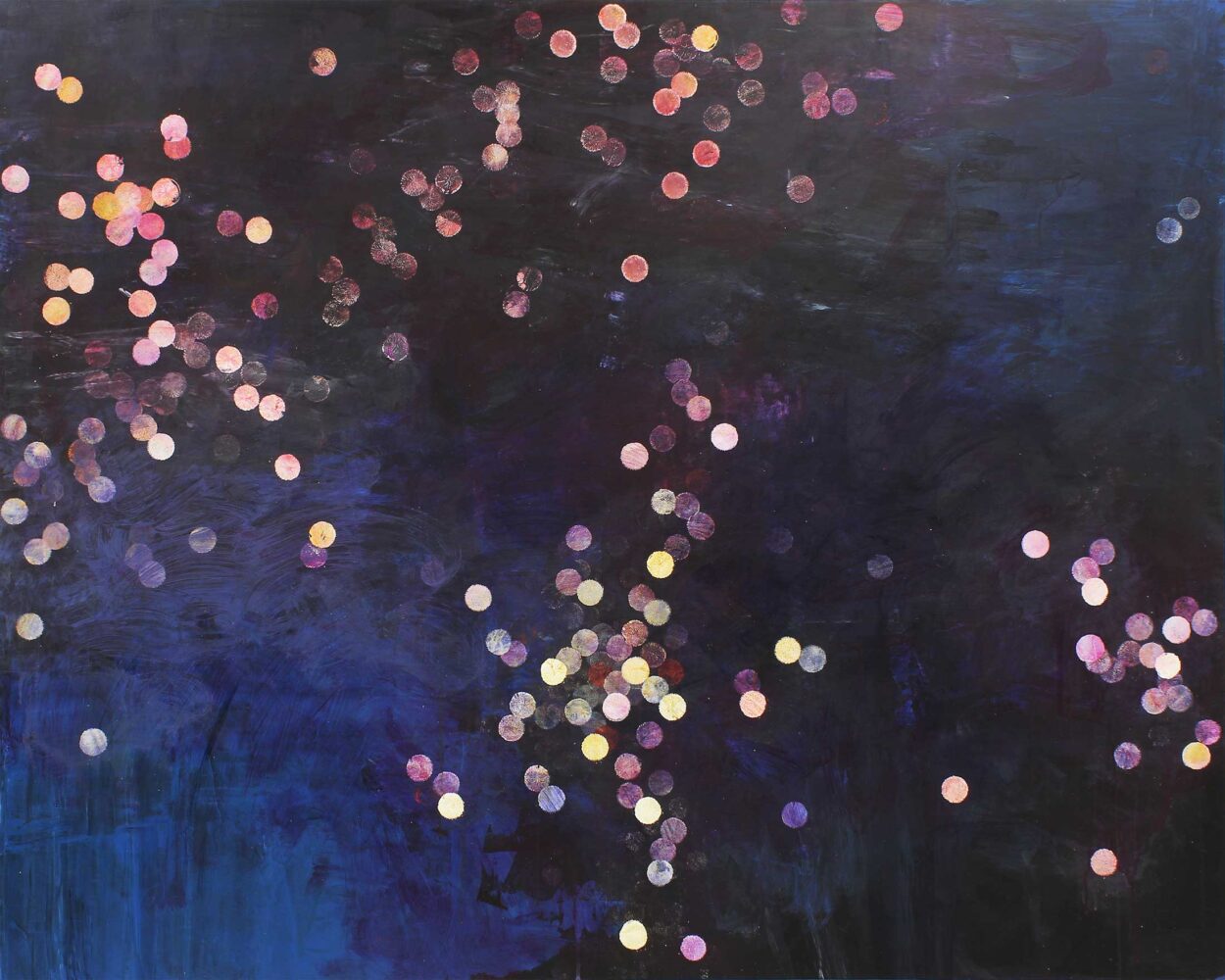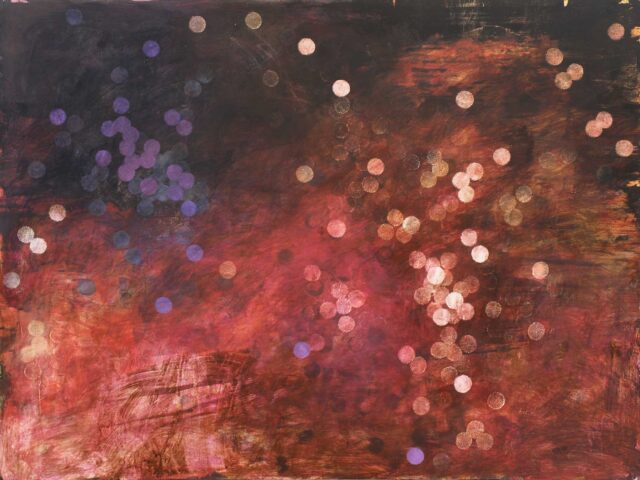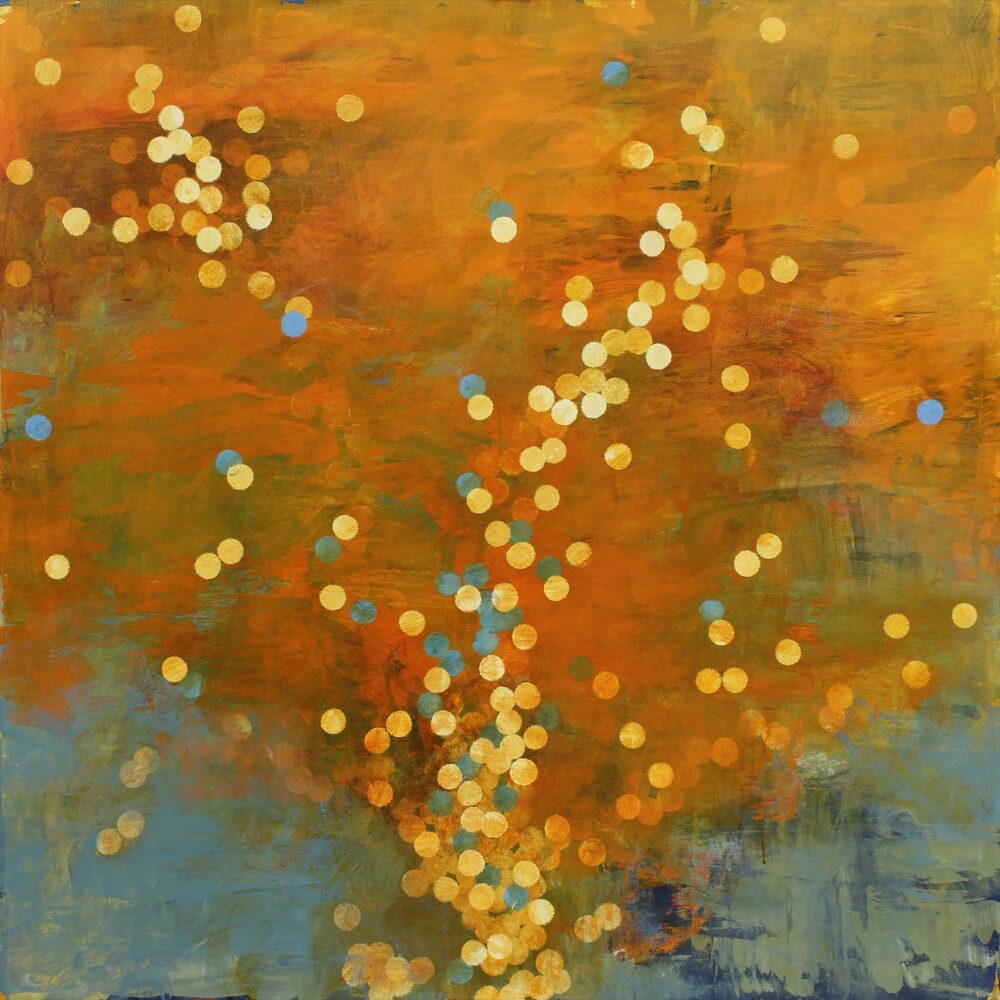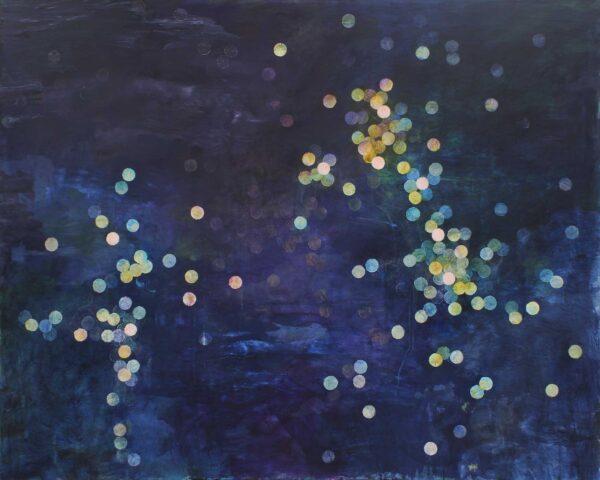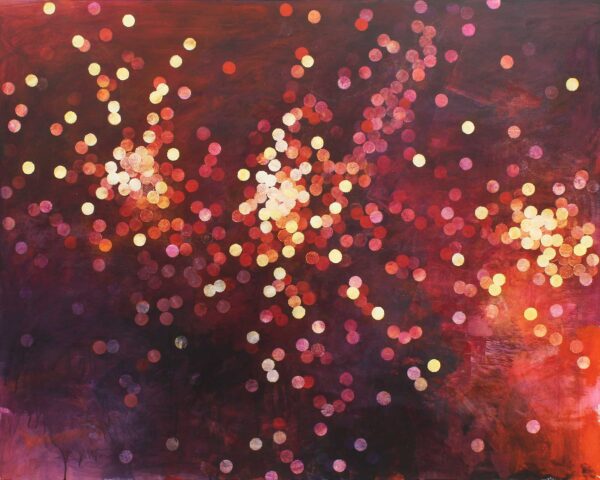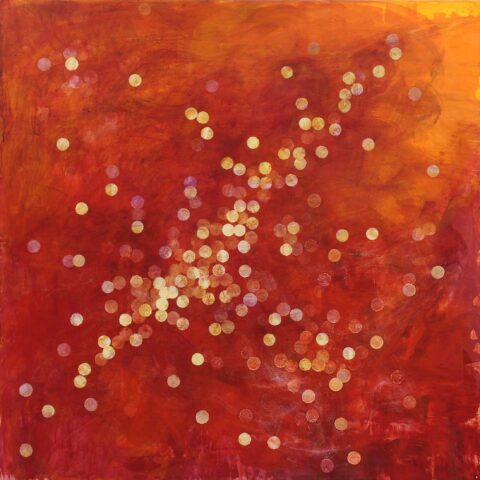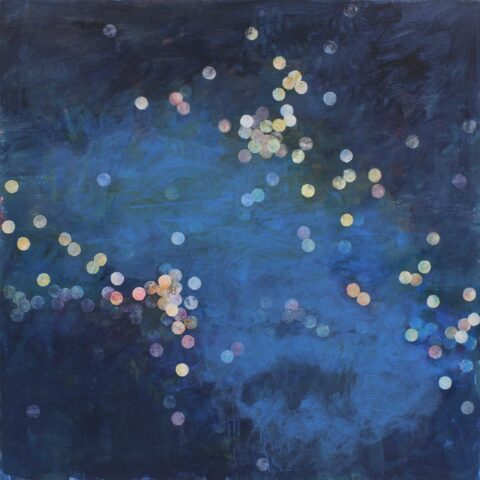The Atomic Series
“Nothing exists except atoms and empty space; everything else is opinion.”
— Democritus
It was in the 8th century BCE that the Indian scientist and philosopher Aruni proposed that “particles too small to be seen mass together into the substances and objects of experience.” His theory may well have inspired the ancient Greek philosophers commonly regarded as the founders of Atomism—Leucippus and Democritus. Democritus theorized that everything is composed of many tiny particles (atoms) that are too small to see, and which are in constant motion. The objects that humans perceive through their senses are merely random packings and scatterings of these atoms within the void.
These are the universal forces of attraction and repulsion, harmony and discord, gravity and levity, belonging and isolation…the list goes on. When working with such fundamental concepts, it seems fitting to use the most basic building blocks. Atoms in the void—the subject of a picture doesn’t get any simpler than that. Or maybe these are scenes from the other end of the scale spectrum—stars and planets in space. But it doesn’t matter. The same rules apply.
These are the universal forces of attraction and repulsion, harmony and discord, gravity and levity, belonging and isolation…the list goes on. When working with such fundamental concepts, it seems fitting to use the most basic building blocks. Atoms in the void—the subject of a picture doesn’t get any simpler than that. Or maybe these are scenes from the other end of the scale spectrum—stars and planets in space. But it doesn’t matter. The same rules apply.
While the process of making these paintings is not random, it is improvisational. So “atoms” that belong to a given cluster in the early stages might, in the end, be part of a different configuration. And since the pictures are built by means of layering, elements that are at one time central characters often become members of the supporting cast, yielding their prominence to others that come later in the process.

